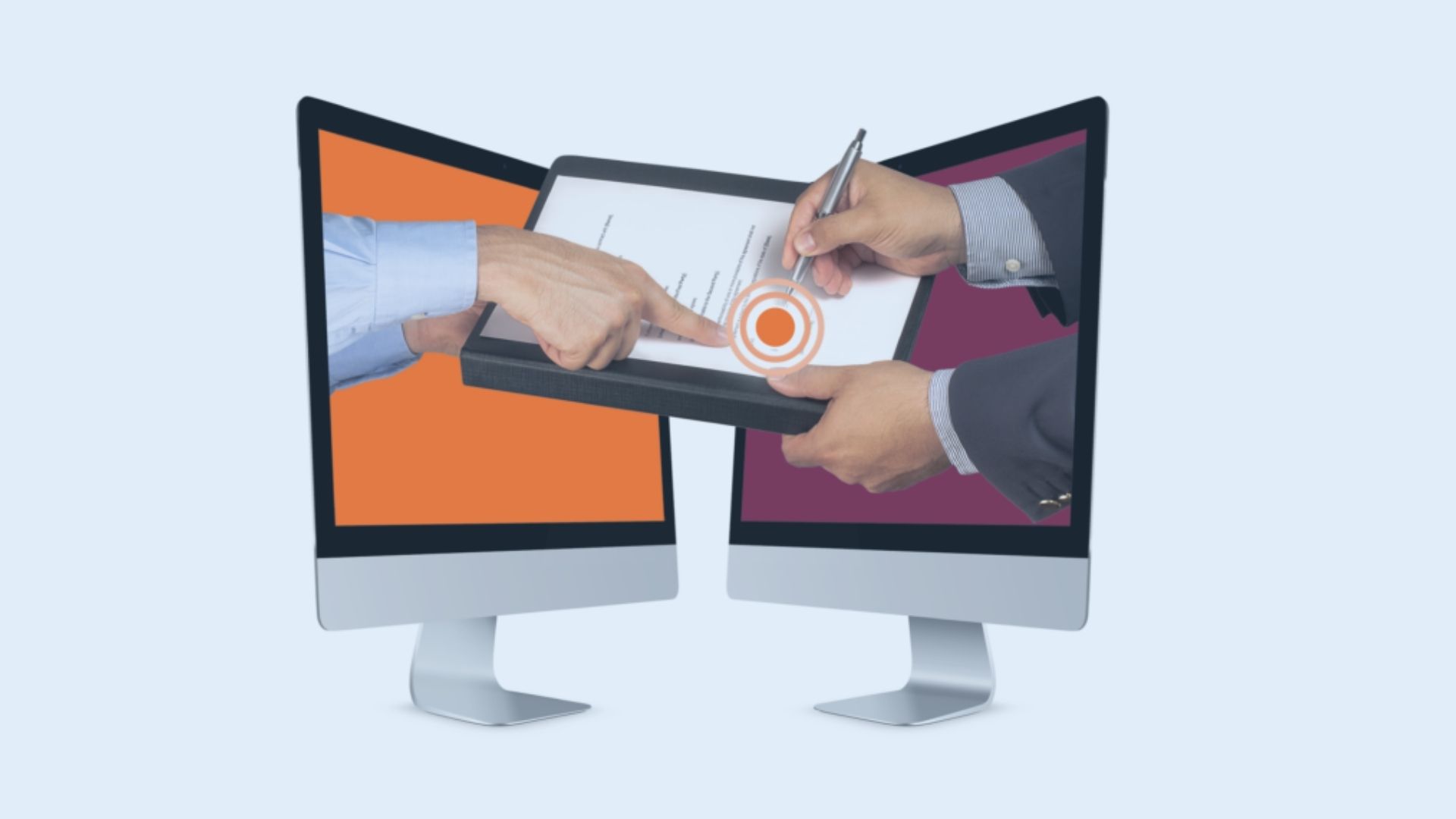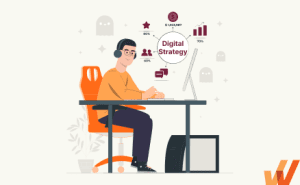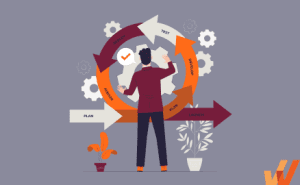What Is E-Procurement? +Benefits & Best Software (2024)
- Published: May 19, 2022
- Updated: April 15, 2024

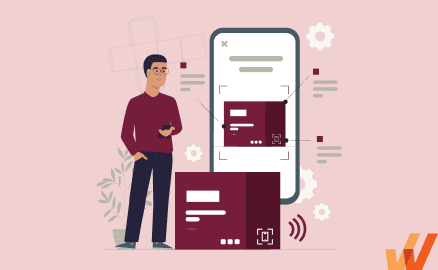
How do you build strong, mutually beneficial relationships with your vendors without spending much time managing them? Procurement is the answer.
However, in 2024, your procurement processes must be transformed digitally to maximize efficiency, automate manual tasks, and create better customer and vendor experiences.
As more and more business is conducted online, the future of effective procurement is digital – known as digital procurement or e-procurement.
Below you’ll find everything you need to successfully migrate and adopt an e-procurement strategy – from process definitions to the best procurement software.
What is E-Procurement?
E-procurement, or digital procurement, is a transactional business process involving requisitioning, ordering, and purchasing goods and services online. E-procurement eliminates paperwork, streamlines the procure-to-pay process, and facilitates interactions between preferred suppliers, vendors, and customers.
Process Flow in E-Procurement
E-procurement digitalizes the entire supplier lifecycle, which can be broken down into seven major processes:
1. E-Informing
The e-procurement cycle starts with e-informing – it refers to the process of researching and transferring purchasing information within departments by means of online channels.
During this stage, the organization collects information about the need, timelines, vendor requirements, etc. It’s passed within the organization or communicated to one’s supply chain partners to achieve higher efficiency of the supply chain.
2. E-Sourcing
Next, the organization researches the best-suited vendors based on the outlined requirements, by using online technologies. The purpose of e-sourcing is to collect relevant information about potential vendors and choose the one that offers the most tangible benefits in the long-term perspective.
With digital transformation in procurement, it is possible to have better visibility into supplier bases and prices. The approach to sourcing becomes more predictive and empowers procurement professionals to engage in transparent high-value agreements. They can act on all the timely alerts related to indexed pricing, penalties, and renewals to save thousands of dollars for the business.
Digital procurement facilitates anticipation of demand by utilizing artificial intelligence and automated secure payments. Payments get triggered using real-time delivery signals. Additionally, the exchange of goods also becomes easy due to decentralized ledgers.
3. E-Tendering
While gathering information about vendors, the organization also needs to electronically request and receive quotations from them. This part of the process is called e-tendering.
4. E-Auctioning
E-auctioning is a dynamic negotiation carried out online between the company and pre-qualified suppliers. The parties negotiate pricing and contract terms in a real-time auction.
The process is usually conducted through a web-based system that allows buyers and vendors to bid online.
5. Procurement Automation
Digital procurement aims at automating routine tasks in a procurement process to increase bottom-line efficiency. Tasks like processing purchase orders, requisitioning goods and services, validating material reception, payments, and invoice management require minimal human intervention.
Additionally, digital procurement also provides value by enhancing the user experience. Organizations try to mirror an Amazon-like experience by leveraging ease of use as a critical element.
6. Supplier Risk Management (SRM)
Digital procurement facilitates better collaboration with the supplier and real-time monitoring of supplier risk. Technologies like augmented reality and crowdsourcing aid virtual supplier visits and audits, respectively.
These preemptive risk mitigation strategies take care of damage control and allow procurement professionals to focus more on optimizing the process.

7. E-Ordering
After agreeing on the pricing and contract terms, the procuring organization orders products or services from the vendor and monitors delivery. E-ordering involves using an electronic ordering system that automates the purchasing process.
8. E-Invoicing
E-invoicing is a digitized invoicing process where the bill is electronically presented to the procuring organization. With eInvoicing, the company can receive, process, and pay invoices touchless. It’s best to create a standardized eInvoicing procedure that provides vendors with clear guidelines and invoice templates to enable frictionless automatic invoice processing.
9. Contract Management
To maintain strong vendor relationships, the buyer manages and optimizes the contract management lifecycle through a contract management system.
A contract management software serves as a secure, centralized repository for creating, managing, and storing contracts, and completely automates the contract process.
Benefits of the E-Procurement Process
Implementing an e-procurement system results in tangible benefits for your organization. Those include:
- Faster, more informed decision-making: E-informing ensures that everyone involved gains accurate, reliable purchasing information. This way, stakeholders can make informed decisions faster. Advanced analytics provides actionable insights resulting in informed decision-making. Furthermore, demand forecasting results in the effective management of demand fluctuations and provides avenues for higher gains.
- Organized data: Digital procurement systems consolidates siloed tools like emails, spreadsheets, chats, etc., and offers you to manage the entire vendor lifecycle from a single interface. The data on all vendor interactions end up in a centralized repository, making it easy to access vendor details anytime and create visual performance reports.
- Risk mitigation: Digital procurement facilitates proactive monitoring of supply-chain activities. Due to increased visibility, it’s easier to assess risk related to the supplier’s profile, KPIs, financial risk, and legal exposure. It allows procurement officers to be future-ready.
- Effortless invoicing and payments” With e-procurement, you can achieve a frictionless billing and payment process. Electronic systems serve as command and control centers where both buyers and vendors can manage payments, track invoices, update payment details, etc. You can completely automate invoice processing to prevent delays and free up your finance department from repetitive procedures.
- Full control over the supply chain: E-procurement gives you full control over your supply chain. You know exactly how many vendors you work with and how much you spend on each of them. You see where you can cut costs and how you can achieve it. An eProcurement system gives you a full view of your entire vendor ecosystem at a glance.
- Higher spend visibility: Real-time spend visibility reduces maverick spend across direct and indirect material categories. Optimized working capital based on historical data trends streamlines operations and financials, resulting in substantial cost-savings.
- Sustainability of Business: There’s an enhanced speed, control, and efficiency across all procurement activities. Digital procurement facilitates streamlined lower cost-operations resulting in a sustainable business model.
- Satisfied Users: Digital transformation in the procurement space leads to automation of tedious tasks. Procurement professionals become productive and focus more on the optimization of the P2P process.
- Enhanced User Experience: Digital procurement delivers an intuitive and consumerized app environment for an enhanced user experience. Guided buying directs procurement officers to preferred suppliers while maintaining compliance. While purchasing ins
What Is E-Procurement Software?
E-procurement software is a cloud-based solution providing tools that facilitate each stage of the e-procurement process. It enables digital sourcing, purchasing, spend management, risk mitigation, and other critical aspects of vendor management through a single interface.
With quality software, procuring organizations can build transparent e-procurement systems not only for internal teams but also for vendors. These systems can support short-term transactional procurement activities like order creation or invoicing as well as long-term strategic activities like vendor relationship management and risk mitigation.
Types of E-Procurement Software
The e-procurement process wouldn’t be possible without digital tools and software applications.
These are cloud-based apps that carry out your organization’s e-procurement processes. They may cover some or all of the above-mentioned e-procurement stages, namely online informing, sourcing, tendering, auctioning, ordering, invoicing, and contract management.
1. Procurement software
These are cloud-based apps that carry out your organization’s e-procurement processes. They may cover some or all of the above-mentioned e-procurement stages, namely online informing, sourcing, tendering, auctioning, ordering, invoicing, and contract management.
- Best-of-breed procurement tools: An organization may choose to use a dedicated, best-of-breed online application for the most critical individual processes, such as tool that specializes in offering a dedicated invoicing solution like Airbase or Bill.com.
- All-in-one procurement suites: Alternative, organizations have options to go for an all-in-one, suite-type platform that facilities management of the entire vendor lifecycle like SAP Ariba or Jaggaer.
2. ERP systems
Enterprise resource planning (ERP) systems. ERP systems streamline the main business processes, such as procurement, production, finance management, reporting, etc. E-procurement solutions are often integrated with ERPs and other financial tools that assist with managing procurement processes and, specifically, accounting. Today, ERP systems are usually delivered via the cloud.
3. Electronic data interchange (EDI) software
EDI tools enable electronic information exchange between two separate organizations. EDIs are mostly used to pass data about orders, confirmations, and invoicing. Contrary to online tools, electronic data interchange tools operate on an intranet, a closed network.
Key Features of E-Procurement Software
The market is full of e-procurement solutions – all of them offer different functionalities and price tags. Which features should you look for in e-procurement software?
1. An all-in-one platform
When building a complex ecosystem from multiple tools, you risk losing critical information, which leads to miscommunication and contract mismanagement. If you aren’t an e-procurement pro yet, it’s best to find an easy-to-use tool facilitating the entire process.
2. Customizable workflows
When partnering with a range of vendors across dozens of niches, you can’t create a single standardized workflow for all of them. Being able to access templated workflows and customize them is a critical feature for every company regardless of its business model and size.
The right e-procurement application should be flexible enough to let you create custom vendor lifecycles and adjust critical procedures according to contract terms.
3. Supplier management
Look for supplier management features such as hassle-free vendor onboarding and vendor communications. Setting up a supplier portal or just inviting them to collaborate on the project inside your system interface will empower your vendors and create a communication channel keeping both parties updated on the state of things. These features will support real-time collaboration and minimize conflict situations.
Your e-procurement software should also conduct performance monitoring and deliver regular reports to lower risk levels.
4. Automation functionality
You should be able to set up automated workflows with your e-procurement software. Automation will not only free up valuable time but also reduce the chance of human error and accelerate procurement cycle times.
5. Catalog creation
Supplier catalogs allow users to organize the vendors’ products and services. They typically include basic product details like product names, descriptions, price, and other related details.
Having a supplier portal where vendors can create and update product catalogs helps to navigate buyers’ decision-making. Make sure your e-procurement software either offers a built-in feature for catalog creation or supports vendor catalog integrations.
6. Integration
Even if you choose an all-in-one e-procurement system, chances are you’ll need to integrate it with one of your business operations tools. Make sure your software can be easily connected to third-party software either with built-in integrations, through Zapier, or via the API.
7. Spend management
Your e-procurement software must offer features like ongoing spend monitoring, rule-based budget controls, real-time spend insights, etc. It should be easy to control and manage your costs through a centralized platform.
8. 3-way matching
3-way matching is the act of matching the information in three steps of the e-procurement process: purchase orders, order receipts, and invoices. It identifies information mismatch and eliminates unexpected surcharges. A sophisticated e-procurement system automates the 3-way matching process with no human intervention needed.
9. Robotic process automation
RPA eliminates the requirement of full-time equivalent (FTE) resources by identifying patterns and performing rule-based tasks. RPA also finds usage in the vendor selection process and demand planning. Furthermore, it can identify the intent of mails and suggest auto-replies.
10. AI and machine learning
RPA eliminates the requirement of full-time equivalent (FTE) resources by identifying patterns and performing rule-based tasks. RPA also finds usage in the vendor selection process and demand planning. Furthermore, it can identify the intent of mails and suggest auto-replies.
11. Blockchain
It leverages an encrypted data structure to create digital transaction ledgers. These ledgers can verify P2P transactions and trigger automated payments. Furthermore, blockchain simplifies record-keeping for an organization and allows easy sharing of information within a network.
12. Advanced analytics
Analytics provides actionable insights to tackle situations like cost/price fluctuations, demand imbalance, supplier/financial risk, and allows procurement officers to make informed decisions.
13. Content extraction tools
Tools like Optical Character Recognition (OCR), along with learning algorithms, facilitate deciphering and content extraction from documents like invoices, contracts, bills of materials. It also eases the process of audit, document comparisons, and exception management in procurement.
5 Best E-Procurement Software in 2024
Where should you start the search? Let’s narrow the assortment down and highlight the best five e-procurement software systems in 2024:

1. SAP Ariba
SAP Ariba offers a set of cloud-based procurement and supply chain tools. The platform covers all the critical features, including:
- Sourcing
- Purchasing
- Catalog creation
- Risk management
- Intelligent spend management
- Invoice management
- Discount management
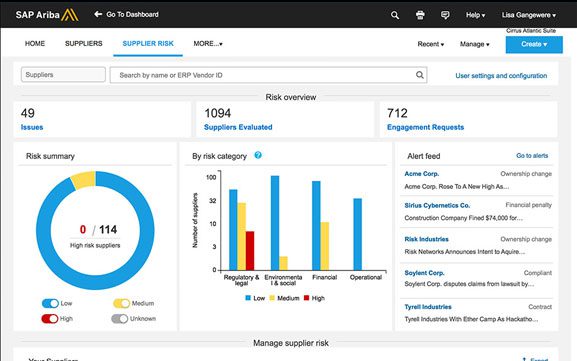
It eliminates manual work by automating the entire procurement process from sourcing to tax maintenance. Its smart invoice management tools allow users to implement touchless invoice processing, display payment status for vendors, and enforce compliance with contracts.
SAP Ariba also offers robust APIs allowing for seamless integration with users’ back-end solutions and ERPs.

2. Coupa
Coupa is a business spend management app facilitating all transactions across procurement, payments, and supply chain.
The software streamlines procurement and supply chain management allowing businesses to focus on optimizing business spend and making the most out of vendor relationships.
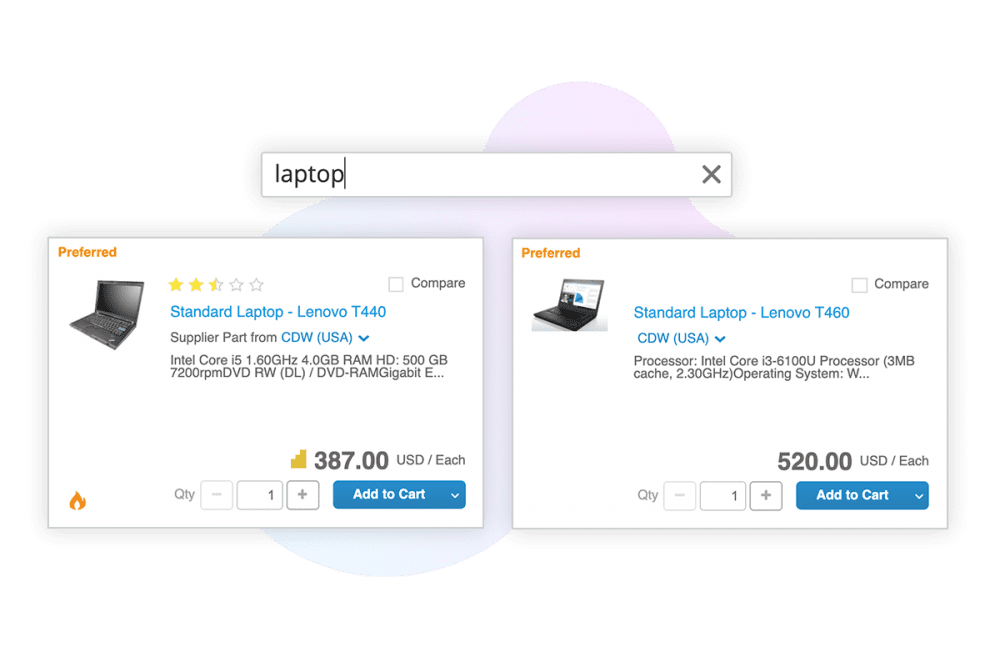
It offers features for easy e-procurement, supply chain design, contract management, invoice billing and processing, expense management, and spend analysis. Coupa’s API enables quick and easy integration with third-party systems and applications making Coupa implementation relatively straightforward.
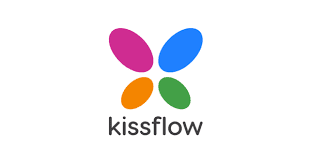
3. Kissflow
Kissflow’s Procurement Cloud is a customizable procurement platform. Its features include:
- Purchase requisition
- Automated order processing
- Real-time insights
- Vendor onboarding
- Vendor self-service portal
- Budget control
- Invoice management
- Three-way matching
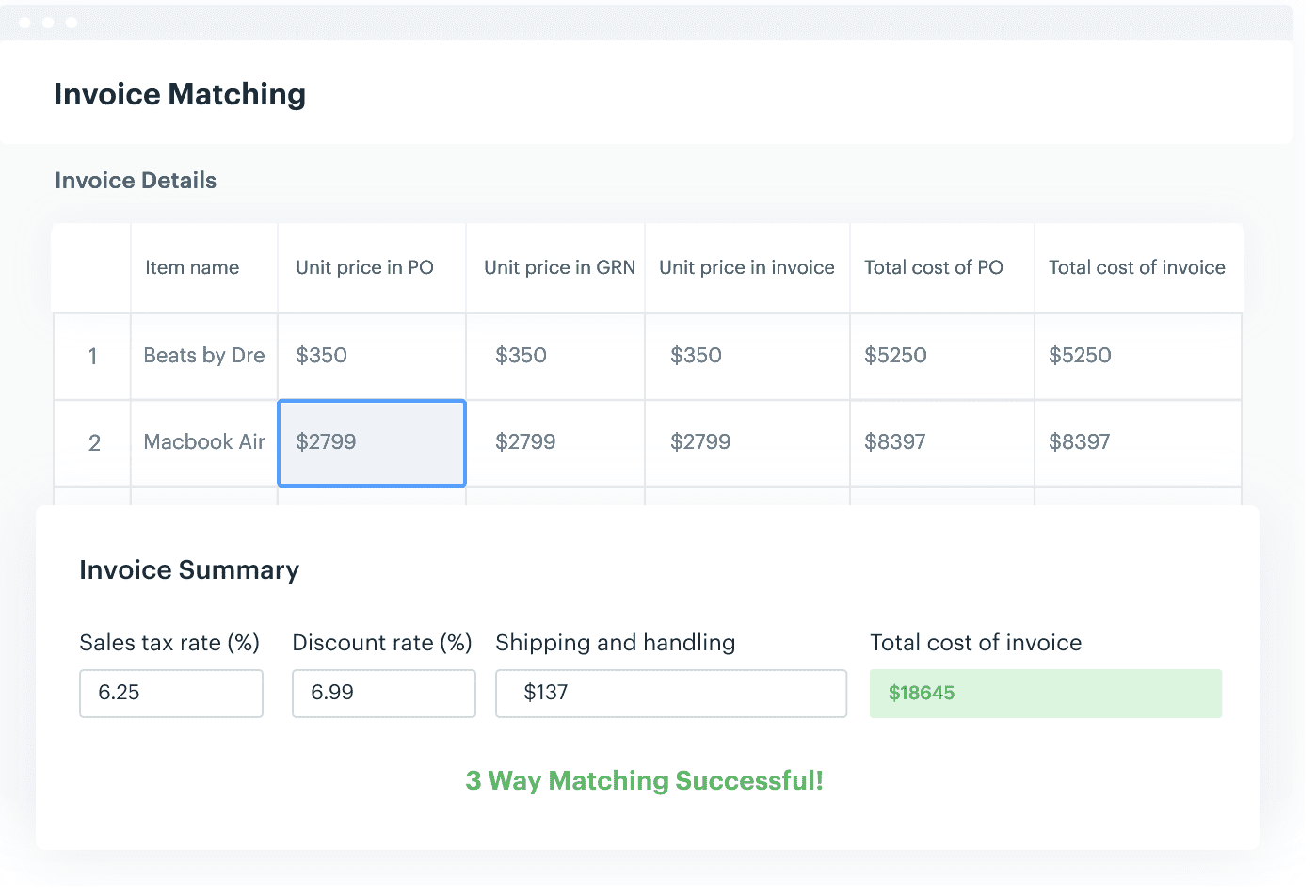
The platform allows for a high level of customization while offering a range of pre-built workflows. It lets organizations build a tailor-made e-procurement solution that meets their specific needs. With drag-and-drop tools, managers can build customized workflows, add fields, and more.
Kissflows offers a bunch of plugins and APIs to connect your e-procurement system with your essential business tools – accounting systems, ERP, etc.

4. GEP SMART
GEP SMART is AI-powered procurement software. It’s a comprehensive solution for direct and indirect procurement designed to unify procurement operations.
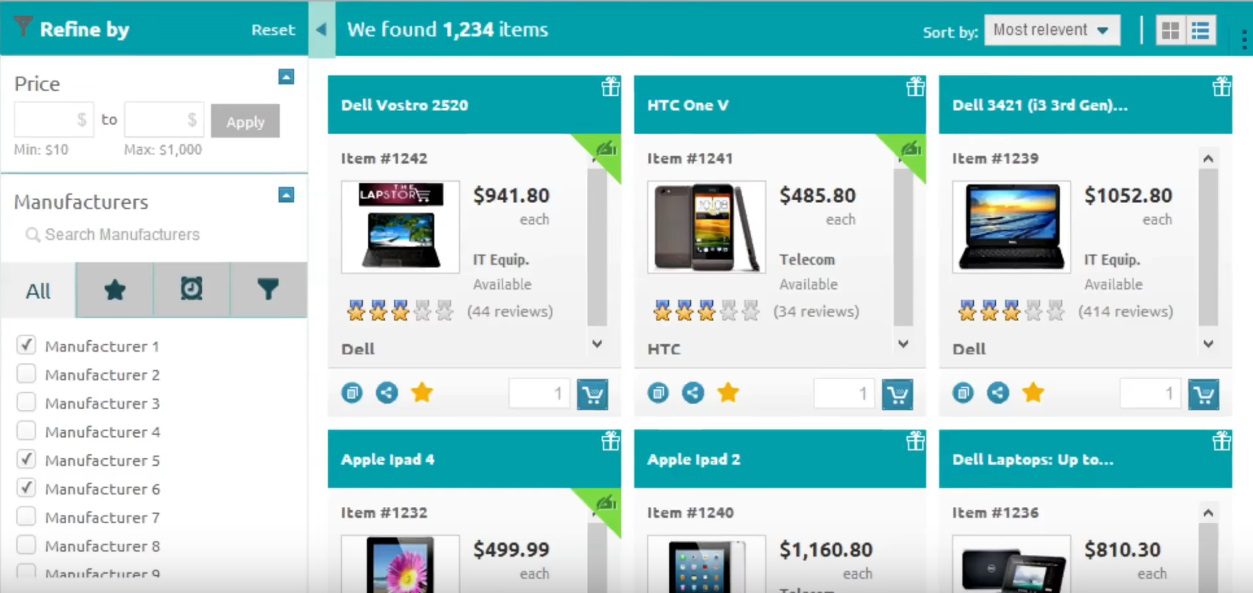
The platform’s functionality covers the entire purchasing process – from requisition to automated three-way matching and supplier communication management. It facilitates payments, provides insightful reports, offers superb legacy integration capabilities, enables catalog creation, and more.
One of the most remarkable GEP SMART’S features is an AI-driven algorithm capable of predicting future outcomes based on contextual information and guiding an organization’s planning activities.
GEP SMART seamlessly integrates with enterprises’ legacy ERP systems. It also offers a mobile app enabling its users to access their supply chain network anywhere at any time.
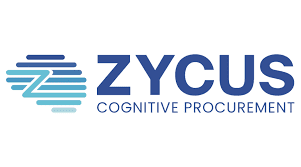
5. Zycus
Zycus is a cognitive procurement platform. It guides buyers toward the right purchasing paths by using its intelligent self-learning engine. Its source-to-pay procurement software suite seamlessly integrates critical features like requisition, catalog management, approval, purchase orders, invoice management, analytics, and others.
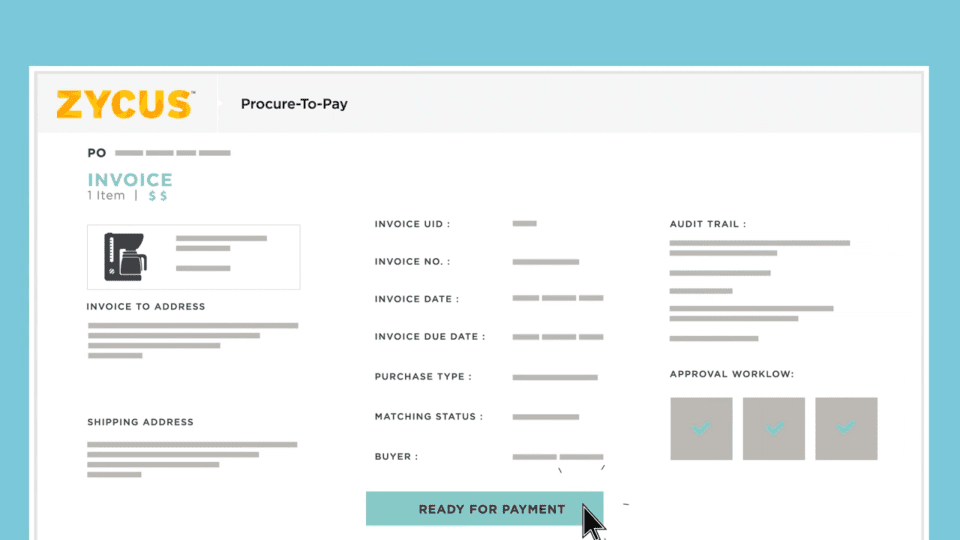
Backed by strong analytical capabilities, the platform equips users with actionable insights enabling them to make informed buying decisions.
With Zycus Touchless Invoice Processing software, organizations achieve fast document matching and streamlined invoice handling from billing to payment. The automated flow either matches invoices or routes them for investigation according to internal guidelines and then creates payments automatically.
A robust e-procurement software delivers unparalleled value to enterprises by working on the pain points of both sourcing and procurement teams. However, e-procurement adoption challenges, software, and complexities make it challenging to use. It’s difficult to train employees to complete even simple tasks such as participating in an e-auction, submitting their RFx responses, and raising a purchase requisition.
Employees find it challenging to memorize certain clicks and flows to complete required tasks. Digital adoption platforms such as Whatfix are constant in-app companions that drive procurement and S2P application adoption through engaging and intuitive content such as interactive walkthroughs, task lists, and self-help widgets.
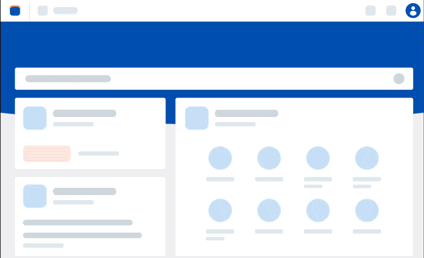
Whatfix is power-packed with beacons, smart tips, and data validation to accelerate digital transformation initiatives like digital procurement. Organizations can track how employees use their new procurement technology with behavioral analytics and use that data to create new training content and improve existing flows.
To learn more about how Whatfix can help your organization embrace digital procurement, schedule a demo with our experts today!
Request a demo to see how Whatfix empowers organizations to improve end-user adoption and provide on-demand customer support
Thank you for subscribing!
